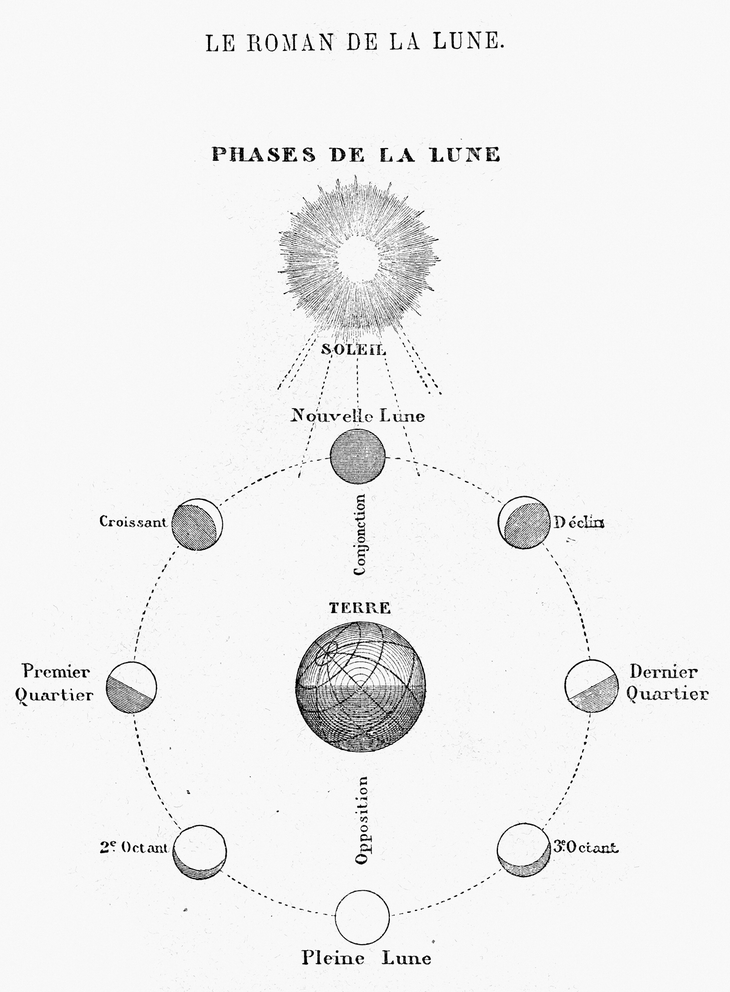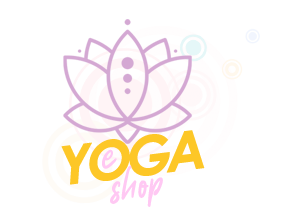
“], “filter”: { “nextExceptions”: “img, blockquote, div”, “nextContainsExceptions”: “img, blockquote, a.btn, a.o-button”} }”>
Heading out the door? Read this article on the new Outside+ app available now on iOS devices for members!
>”,”name”:”in-content-cta”,”type”:”link”}}”>Download the app.
Chances are you know what the Moon means in astrology. Thanks largely to the attention heaped upon its illuminating full phase and disappearing new phase, you’re likely aware that it relates to becoming and releasing as much as it does shadows and emotions. Although the Moon is abundantly symbolic and significant in astrology, barely anyone emphasizes the Moon outside of the full and new phases. That includes the subtle and overlooked crescent Moon.
What is the Crescent Moon?
NASA, which refers to the crescent Moon as the “silver sliver,” describes the phase as that part of the lunar cycle when “the illuminated half of the Moon faces mostly away from Earth, with only a tiny portion visible to us from our planet.”

The crescent Moon falls, quite literally, in the shadow of the new Moon. It takes place just before and after the new Moon, which is known for its untold potential and new beginnings. The crescent Moon is there and yet barely there. But its presence is significant.
In a sense, the crescent Moon represents all the more seemingly mundane moments we experience as we are trying to get to someplace other than where we are. It’s the just-woke-up version of yourself with no makeup and your hair in a messy bun as you head to the gym or yoga studio. It’s taking your vitamins and being there for 3 am phone calls from a friend and putting on your most reliable playlist to get you through yet another excruciatingly long work day. It’s also dancing as you brush your teeth, crooning into your hairbrush as you wait for your facial serum to absorb, and laughing at silly texts from the human you most appreciate. It’s everyday life.
What Astrology Says (or Doesn’t Say) About the Crescent Moon
Astrology itself is about the subtle. The unseen. The influences that operate beyond our understanding. And the Moon is a distillation of that to the point of being the very definition of nuance. So what is the meaning of a sliver of something that’s already subtle?
The Moon is abundantly symbolic and significant in astrology but few astrologers talk about the Moon outside of the full and new phases. Very few are talking about how the Moon dances not just in between darkness and illumination but in between zodiac signs. Just as the Sun transitions from one sign to the net every 30 or so days, the Moon changes signs every two and a half days. Depending on what archetype is influencing the Moon on any given day and how that interacts with your birth chart, the crescent Moon can exert a lot of sway over you. Perhaps as strong as those more talked about phases of magic and moondance.

What We Need to Understand
Essentially, the failure to speak more to the in-between phases of the Moon quietly supports the notion that perpetuates so much of contemporary life, which is that the moments of unraveling and becoming and quite simply being are somehow less than the more gratifying moments of resolution and completion.
The crescent Moon is the stillness in a yoga pose. It is the pause at the end of your breath. It is, as composer Claude Debussy famously expressed in terms of music, the space in between the notes. It is wisdom, intuition, and patience. It is where we experience life.
Above all, the crescent Moon is a reminder that we don’t need to force our growth.“It’s always happening, although that seems to be more obvious in retrospect, doesn’t it?” says astrologer Jordane Maree, founder of Girl and Her Moon. Maree explains that we don’t need to question whether we are changing, which can feel like a pressure-inducing aspect of astrology and psychology. “We allow the phase we’re in to be exactly where we’re in,” she explains.
Acknowledging the relevance and potential and profundity of these moments is perhaps just as critical as understanding anything else about the Moon.
Maybe the Moon prefers that we not overemphasize her subtler phases. A less ostentatious approach certainly aligns with the character of the Moon herself. But we need to place some respect on the Moon in all of her phases if for no other reason than not to overshadow the in-between moments. Because the potential for momentousness exists everywhere.
Explore the effects of the Moon on you, what your opposite sign means, and how astrology intersects with your everyday life with our astrology email newsletter.









